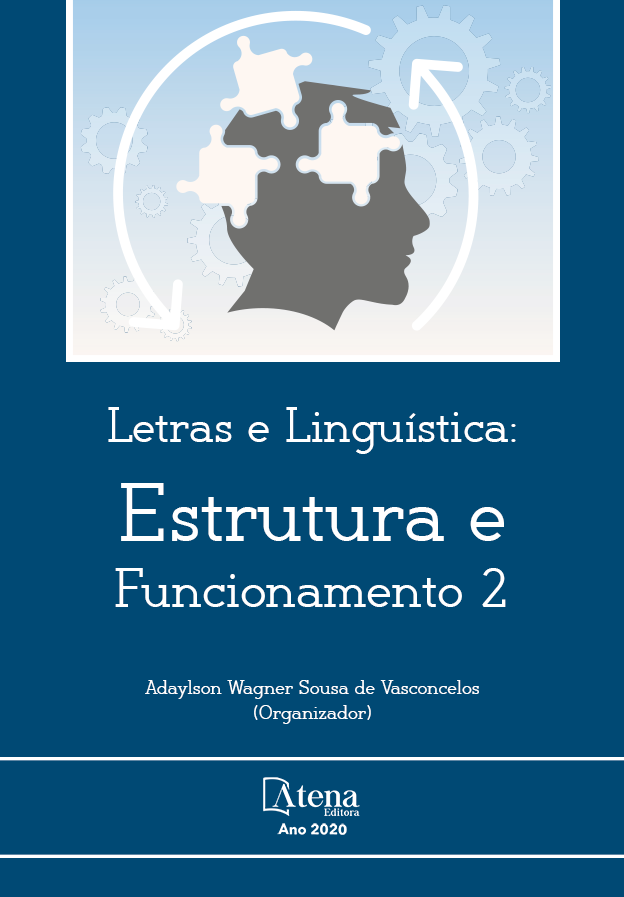
MAPEAMENTO DOS ATENDIMENTOS REALIZADOS PARA SURDOS E SUAS ORIENTAÇÕES TEÓRICAS REALIZADOS NA CLÍNICA DE FONOAUDIOLOGIA DA UNICAP: DESAFIOS E POSSIBILIDADES
O que nos levou a realização desse trabalho foi o interesse em conhecer melhor esse tema que se mostra como polêmico, além de buscar o aprendizado do exercício com a pesquisa. O objetivo desse estudo é mapear os atendimentos para surdos na clínica de Fonoaudiologia de uma Instituição de Ensino Superior nos últimos dez (10) anos. Empregamos a metodologia qualitativa descritiva que possibilita o estudo de valores e crenças. Os fundamentos teóricos que embasaram este trabalho foram Goldfeld, Lacerda, Nakamura, Lima, Fernandes, Quadros e Perlin, Gesser, entre outros. Para atingir o objetivo realizamos uma entrevista com doze (12) perguntas realizadas com a supervisora de estágio, além da análise dos prontuários dos pacientes atendidos na clínica durante a década selecionada. Os dados da entrevista revelaram que a estrutura do atendimento parece mostrar que não está muito definido o trabalho fonoaudiológico com surdos, pela quase inexistência de discussões sobre o tema. O modelo filosófico adotado é o bilinguismo tal como é prioritariamente orientado pelas políticas públicas. Nesse sentido, fica claro que o trabalho é orientado para o aprimoramento da leitura escrita dentro da perspectiva bilíngue, pois os pacientes chegam a clínica tendo passado por um processo de alfabetização, embora algumas dificuldades apareçam e, que ainda não puderam ser satisfatoriamente contornadas. A orientação teórica da primeira fase da década analisada mostrou a adoção do oralismo, com uma tendência para o emprego de técnicas mais behavioristas (próprias desse modelo teórico), nas quais a repetição, o emprego de listas de palavras sem clara contextualização, eram as mais empregadas. Com a retomada dos atendimentos, a partir do ano de 2014, houve uma mudança de perspectiva pelo emprego do bilinguismo que mostra uma proposta teórica inspirada no interacionismo. Foram identificadas possibilidades que, caso sejam adotadas, facilitarão o avanço da terapia fonoaudioológica junto aos surdos.
MAPEAMENTO DOS ATENDIMENTOS REALIZADOS PARA SURDOS E SUAS ORIENTAÇÕES TEÓRICAS REALIZADOS NA CLÍNICA DE FONOAUDIOLOGIA DA UNICAP: DESAFIOS E POSSIBILIDADES
-
DOI: 10.22533/at.ed.49820061018
-
Palavras-chave: mapeamento; surdez; base teórica.
-
Keywords: mapping; deafness; theoretical basis.
-
Abstract:
What led us to carry out this work was the interest in learning more about this topic that is shown to be controversial, in addition to seeking to learn exercise through research. The aim of this study is to map the care provided to the deaf in the Speech Therapy clinic of a Higher Education Institution in the last ten (10) years. We employ the descriptive qualitative methodology that makes it possible to study values and beliefs. The theoretical foundations that supported this work were Goldfeld, Lacerda, Nakamura, Lima, Fernandes, Quadros and Perlin, Gesser, among others. To achieve the objective, we conducted an interview with twelve (12) questions made with the internship supervisor, in addition to the analysis of the medical records of patients seen at the clinic during the selected decade. The interview data revealed that the service structure seems to show that speech therapy work with deaf people is not very defined, due to the almost inexistence of discussions on the topic. The philosophical model adopted is bilingualism as it is primarily guided by public policies. In this sense, it is clear that the work is oriented towards improving written reading within a bilingual perspective, as patients arrive at the clinic having undergone a process of literacy, although some difficulties appear and, which have not yet been satisfactorily circumvented. The theoretical orientation of the first phase of the decade analyzed showed the adoption of oralism, with a tendency to use more behaviorist techniques (typical of this theoretical model), in which repetition, the use of word lists without clear context, were the most employed. With the resumption of assistance, as of 2014, there was a change of perspective due to the use of bilingualism, which shows a theoretical proposal inspired by interactionism. Possibilities were identified that, if adopted, will facilitate the advancement of speech therapy with the deaf.
-
Número de páginas: 13
- Wanilda Maria Alves Cavalcanti
- Mannix de Azevêdo Ferreira


